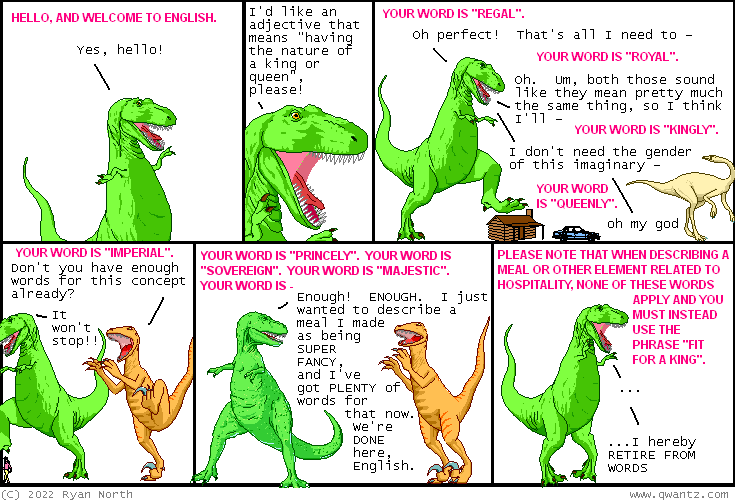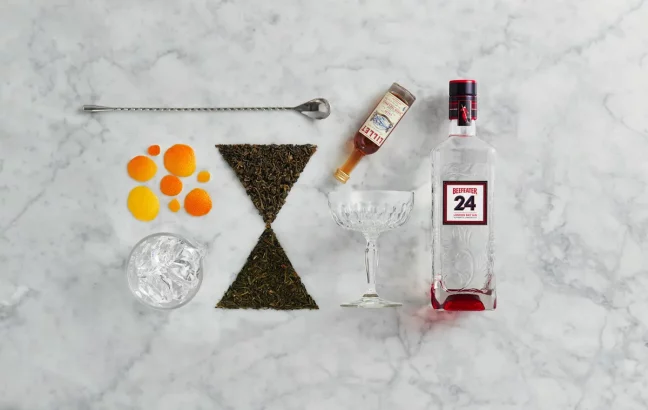Megachile pluto aka Wallace’s giant bee aka raja ofu is the world’s biggest bee. You can find one in Indonesia where they are classed as Vulnerable on the IUCN Red List (same classification as hippos).
Wallace’s giant bee has a wingspan of 63.5mm, or 2.5in, and it’s quite the comeback king. Until 1981, it was thought to be extinct until a few were discovered by an entomologist named Adam Messer. He later wrote about his discovery in 1984:
The long-lost bee Chalicodoma pluto was found in the North Moluccas of Indonesia, and was discovered nesting communally in association with a tree-dwelling termite. Using their extraordinary mouthparts, females gather resin and wood and fashion these materials into galleries resistant to termite invasion. The first males known of the species were taken, and male territoriality was observed.
Then, nothing… until 2018 when two specimens were sold on eBay (or should that be eBee?). A year later, a live female was discovered and filmed:
Trip member and bee expert Eli Wyman, an entomologist at Princeton University, said he hoped the rediscovery would spark research towards a deeper understanding of the life history of the bee and inform any future efforts to protect it from extinction.
The problem is the international trade of Wallace’s giant bee isn’t restricted by the Convention on International Trade in Endangered Species, hence the eBay sale. In March, Undark wrote about the species and some “disheartening truths about the tenuous fate of hidden insect species”:
Wyman hoped the local population would take proud ownership of the bee in order to protect it, too, but the conversations tailed off, the momentum spluttered, he says. “That was a real bummer for us.”
Worse, knowledge of the bee’s existence lit up a murky corner of the internet that specializes in the trade of rare animals. Shortly after he got back to the U.S., Wyman saw that someone was trying to sell a specimen of the bee on eBay for a few thousand dollars — a tempting lure for the subsistence farmers and fishermen of North Maluku who could get a portion of this relative fortune.
The bee had become something unusual, a sort of rare trophy like an endangered rhino. This sometimes happens with insects: In Germany, a rare beetle named after Adolf Hitler was considered at risk of extinction more than a decade ago due to its soaring popularity as a collector’s item for neo-Nazis. Wyman had wanted to highlight the conservation potential of the Wallace’s giant bee but had also inadvertently showcased its value to private collectors, placing it in greater peril. Humanity had managed to formulate yet another way to destroy an insect species.
Why can’t we have nice things? Because of humans and their love of money.



